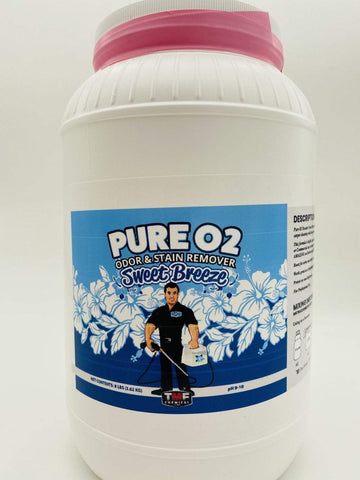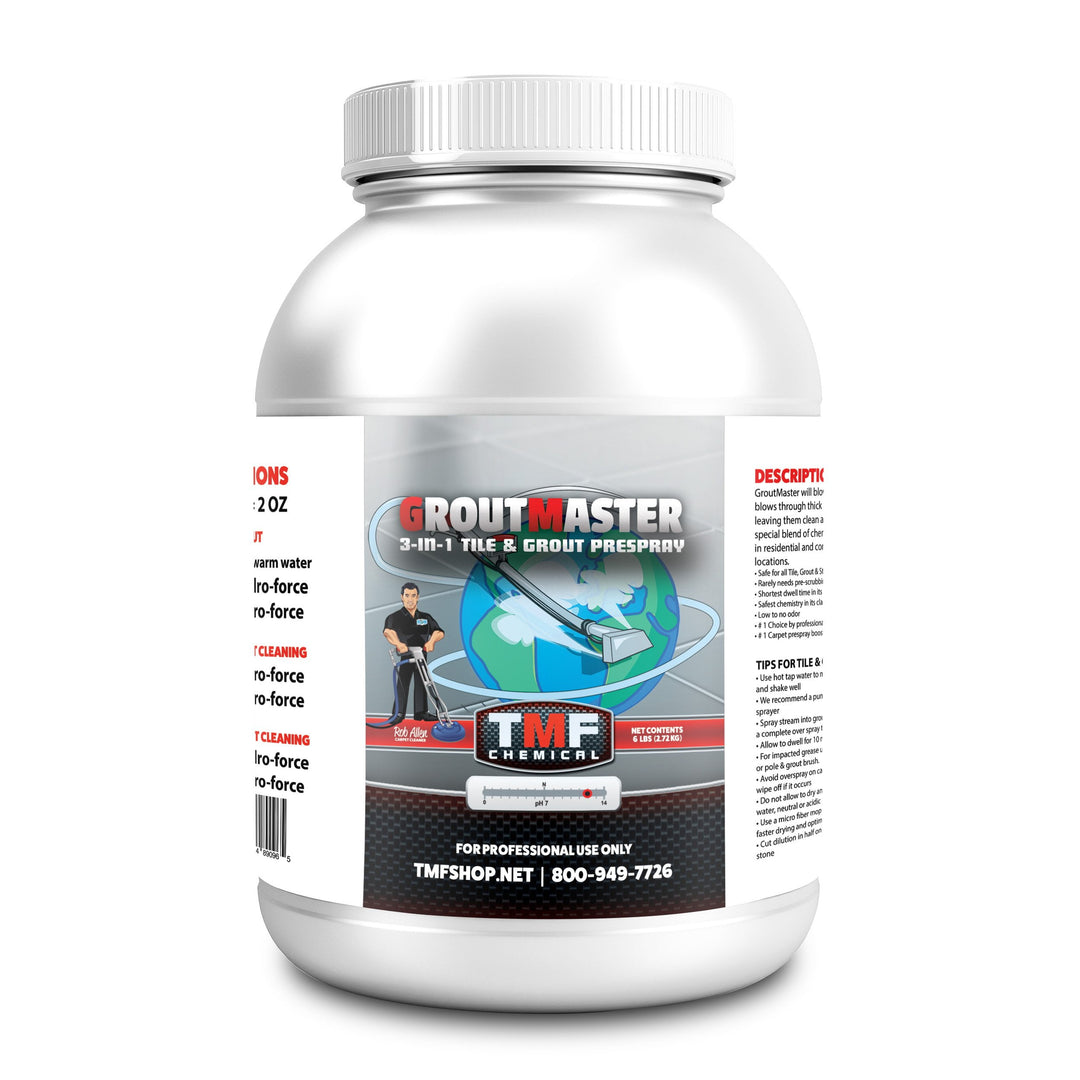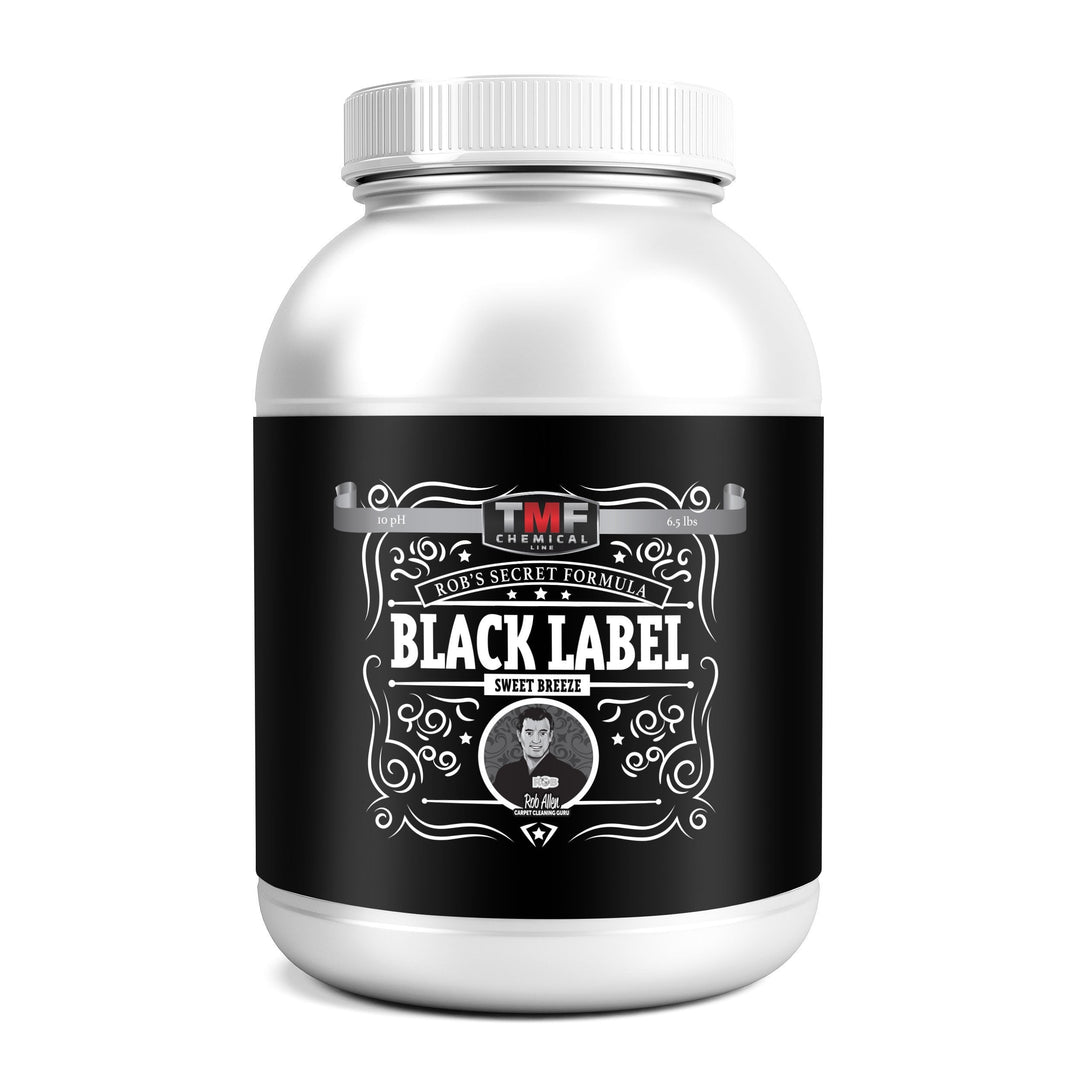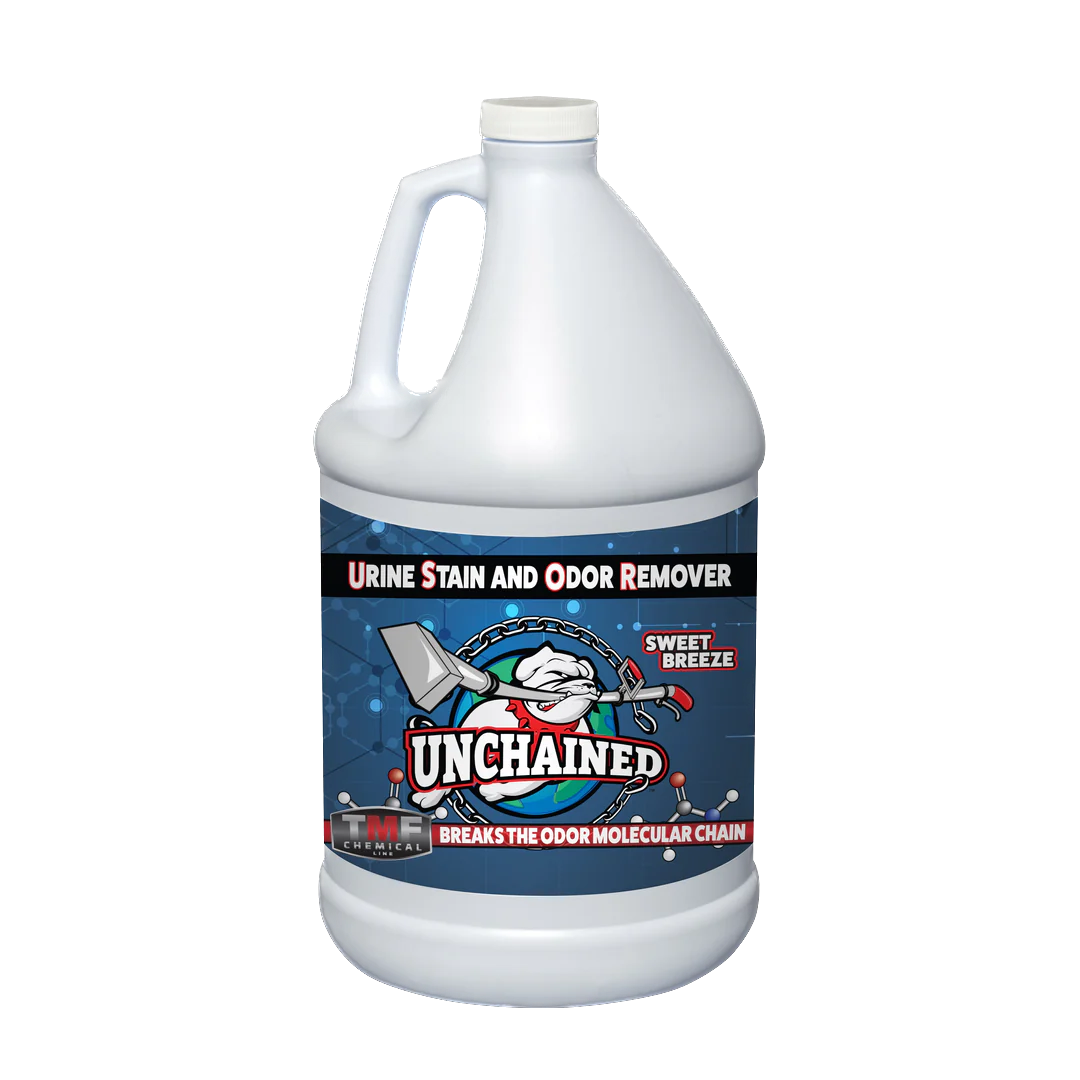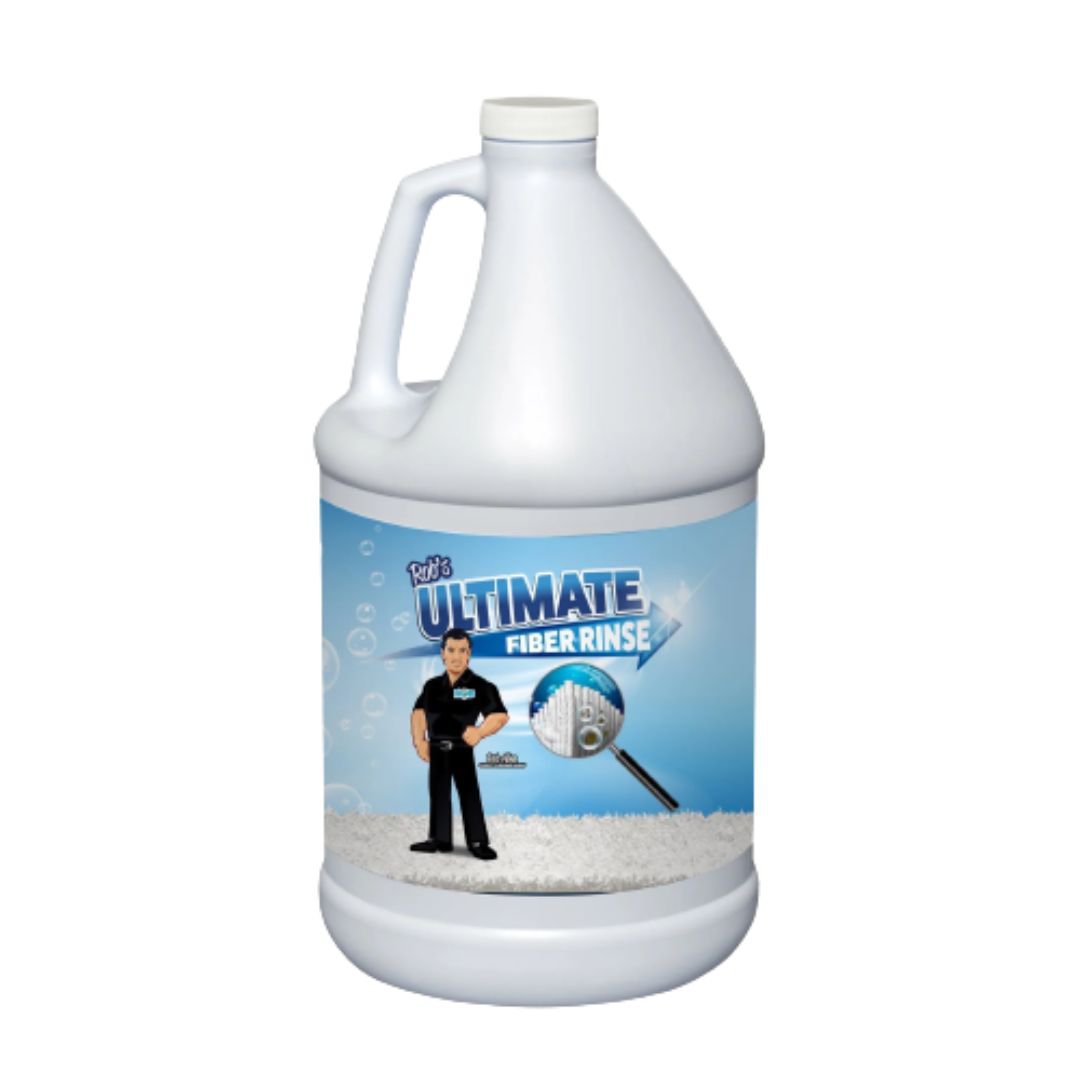How to Get Cat Pee Out of Wood
If you have a kitty cat who wants to mark its territory, you may be wondering how to get cat pee out of wood.
Cats urinate in response to changes in their routine or health issues, and as a cat owner, you will come across a urine stain more than once.
We all love our feline companions, but their urine is known to leave a nasty smell on whatever surface it touches.
It can also leave an unsightly mark, especially on wood.
Dealing with these pet accidents is imperative to keep a clean and fresh home.
Luckily, we are here to show you exactly how to remove urine odor from wood floors, how to deal with urine stains on hardwood floors, and how to remove that cat urine smell from wood furniture.
What this article covers:
- How to Get Cat Pee Out of Hardwood Floors
- How to Remove Old Cat Urine from Hardwood Floors
- How to Get Cat Pee Smell out of Hardwood
How to Get Cat Pee Out of Hardwood Floors

Step 1: Act Quickly
Dealing with animal urine stains, whether cat urine or getting mouse urine out of wood, is no easy task.
But, you can make your life a little easier by dealing with the stain as soon as it happens.
When you catch your cat in the act, grab a bunch of paper towels and soak up the wet urine. You may want to use some gloves for this step.
Dispose of the paper towels afterward.
You can also use a sponge and soak up the urine before depositing it into a toilet or outside the house.
The goal here is to remove as much of the liquid as possible so that you can start cleaning the dry stain. It will also prevent the stain from penetrating the subfloor.
Step 2: Choose A Cleaning Solution
The next step is to choose a cleaning solution. When you want to remove cat urine from wooden floors, your best bet is probably professional floor and carpet cleaning chemicals.
For this purpose, enzymatic cleaners are often recommended as they have odor-reducing qualities that can eliminate the bad smells in your wood floors.
If you don’t have these chemicals on hand, there are two other options. The first is Hydrogen Peroxide, which effectively removes dark urine stains from hardwood floors.
If you are using Hydrogen Peroxide, mix 3 milliliters with a liter of water.
The bad news is that Hydrogen Peroxide might lighten your floors, so you might have to sand and re-stain them after cleaning.
Another less invasive method is using a home remedy involving vinegar, a naturally odor-busting cleaning agent. This may require multiple attempts before successfully removing the stain.
Simply mix equal parts vinegar and water to get the perfect cleaning solution. Or mix a cup of water with a third cup of vinegar and a quarter cup of dish soap.
You also want to add a quarter cup of baking soda to the mix.
Place your cleaning mixture into a spray bottle.
Step 3: Clean

If you are using professional chemicals, you can merely follow the instructions on the bottle when cleaning the area.
Be sure to test your cleaning solution on an inconspicuous area first to ensure it is safe for use on your wooden floors.
If you are using Hydgrogen Peroxide, you will need to soak the affected area and cover it with plastic wrap to avoid it evaporating. Leave it for an hour or even overnight.
For the vinegar remedy, simply take your spray bottle and apply the solution onto the stain. Leave to sit for about 15 minutes before wiping it with a damp cloth.
Step 4: Rinse, Dry & Repeat
After cleaning, you want to give your floor a bit of a rinse to remove any residual cleaner.
Use minimal water because too much moisture can affect the quality and appearance of your hardwood floors. It may be helpful to use a cloth dipped in warm water to gently rinse the affected spot.
Leave the area to dry thoroughly. You can use towels to remove residual moisture or put on a fan or open some windows to speed up this process.
How to Remove Old Cat Urine from Hardwood Floors

Step 1: Spot Clean
If you weren’t lucky enough to catch your kitty in the act or if you are dealing with stains that have had some time to set, you need to follow a different approach.
You can also try this approach if the above methods have proven ineffective. Start by cleaning the stained area as you usually would and allow it to dry.
Then, you are ready to apply the cleaning solution of your choosing.
Step 2: Choose A Cleaning Solution & Apply
As mentioned, your best bet is a professional enzymatic cleaner. But Hydrogen Peroxide can also work.
If you are using Hydrogen Peroxide, dilute it with a bit of water.
Some people are wary of using Hydrogen Peroxide on wooden floors because of discoloring. If this is the case, you can use baking soda and vinegar.
Simply keep your baking soda on hand (you will add it dry) and mix two cups of water with half a cup of vinegar, which will be poured over the baking soda at a later stage.
Step 3: Apply Cleaning Solution

For the Hydrogen Peroxide approach, take your solution and cover the old stain with your cleaner. You can also soak a towel with it and place the soaked towel on top of the stain.
Place plastic wrap over the towel or cleaner to avoid evaporation.
Then, leave this to soak for at least an hour. After an hour, wipe it with a clean cloth.
Feel free to repeat this process as often as necessary to eliminate the old stain.
If you are repeating the process, add cleaner every time it has dried up.
For the baking soda and vinegar method, sprinkle baking soda onto the stain and leave it for 15 minutes.
Then, take your vinegar-water solution and pour it onto the baking soda.
Allow the solution to bubble up and leave it for 15 minutes.
Then, wipe it with a clean, damp cloth.
How to Get Cat Pee Smell Out of Hardwood

Step 1: Clean The Area
Sometimes, the lingering smell of cat urine is hard to eliminate. And it is crucial to get rid of it to prevent your kitten from returning to the same spot.
So, when it comes to removing the urine smell from wooden furniture, or wooden floors, you need a targeted approach.
The first step is to clean the area where the smell is coming from. You can use your household wood cleaner for this step.
Sometimes, this is enough to deal with the smells.
Step 2: Reinforce the Cleaning Process
If a simple clean-up did not eliminate the smell, you would need to use an enzymatic cleaner designed to eliminate pet odors.
You can also use Hydrogen Peroxide diluted with water. These are your best options for getting cat pee smell out of the wood.
Take your cleaning solution and spray it on where your cat urinated. Let it soak for 15 minutes.
Step 3: Wipe & Rinse

Then, wipe the area with a clean cloth and rinse it afterward.
When rinsing, avoid using too much water (you can also use a spray bottle for this step if it is helpful).
Step 4: Soak
If the above steps have not adequately eliminated the smells, you must let the cleaner soak into the stained area.
Apply your cleaner and cover the area of the furniture or floor with plastic wrap. Leave it to soak for a day, or even longer, reapplying the cleaner every time you see it has dried up.
Alternatively, you can soak a towel in the cleaner and place it on the stained area before covering it with plastic wrap.
After a while, the odors should be eliminated. If this is the case, wipe any residual cleaner off the wooden area. You can also gently rinse it with a wet cloth to remove any residual cleaner.
Step 5: Sand
If the urine smell still lingers, you should consider sanding the urine stain away.
You can rent a good sander for the location of the stain, whether it be a floor sander or a drum sander (for deeper sanding purposes).
This is a practical approach for stains that have penetrated deeply and can help when you have to get cat pee out of the subfloor.
But drum sanders can cause damage if you don’t know how to use them properly, so ensure that you enlist the help of a professional if you want to sand away the stain deep inside your floorboards.
For surface stains on unfinished wood, you can try using fine-grit sanding paper to sand away the parts where the stain has occurred.

Conclusion
So, cat urine stains are not the end of the world. But the lingering smell can cause issues.
It may also lead your cat to urinate in the same spot repeatedly.
Luckily, our comprehensive guide has shown you exactly how to deal with fresh stains, older stains, and that pesky lingering smell.
This means you can enjoy your housepet’s company without worrying about the occasional pet accident.
Did you find our blog helpful? Then consider checking other guides:
- How to Get Old Pee Stains Out of Carpet
- How to Get Kid Pee Smell Out of Carpet
- How to Get Dried Dog Pee Out of Carpet
- How to Get Dog Pee Out of Carpet
- How to Clean Cat Vomit from Carpet
- How to Get Cat Litter Out of Carpet
- How to Clean Dried Cat Urine from Carpet
- How to Clean Cat Poop from Carpet
- How to Get Cat Pee Out of Carpet
- How to Clean Engineered Hardwood Floors
- Best Mop to Clean Hardwood Floors
- How to Clean Old Hardwood Floors Without Sanding
- How to Get Stain Out of Hardwood Floor
- How to Remove Dark Stains from Hardwood Floors
- How to Remove Haze from Engineered Hardwood Floors


